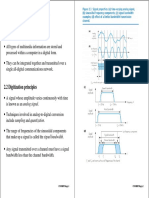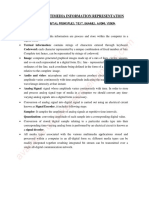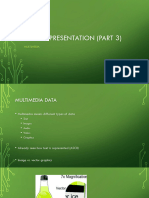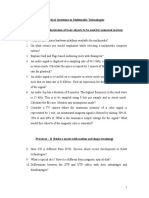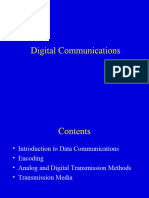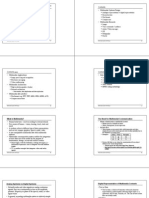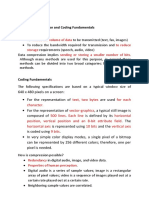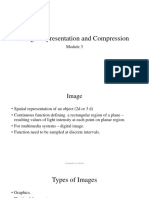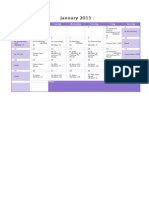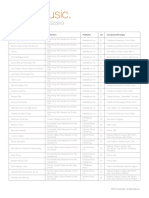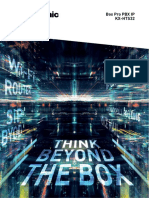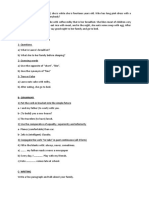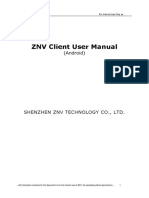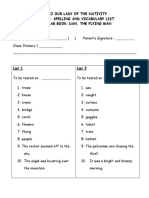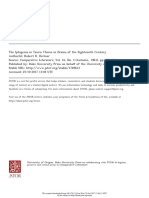0% found this document useful (0 votes)
7 views45 pagesMMC Module 2-1
Chapter 2 discusses multimedia information representation, covering digitization principles for text, images, audio, and video. It explains the conversion processes between analog and digital formats, including sampling, quantization, and the importance of avoiding aliasing. The chapter also details the characteristics of different media types and their encoding standards.
Uploaded by
Kumudha LokeshCopyright
© © All Rights Reserved
We take content rights seriously. If you suspect this is your content, claim it here.
Available Formats
Download as PDF, TXT or read online on Scribd
0% found this document useful (0 votes)
7 views45 pagesMMC Module 2-1
Chapter 2 discusses multimedia information representation, covering digitization principles for text, images, audio, and video. It explains the conversion processes between analog and digital formats, including sampling, quantization, and the importance of avoiding aliasing. The chapter also details the characteristics of different media types and their encoding standards.
Uploaded by
Kumudha LokeshCopyright
© © All Rights Reserved
We take content rights seriously. If you suspect this is your content, claim it here.
Available Formats
Download as PDF, TXT or read online on Scribd
/ 45







